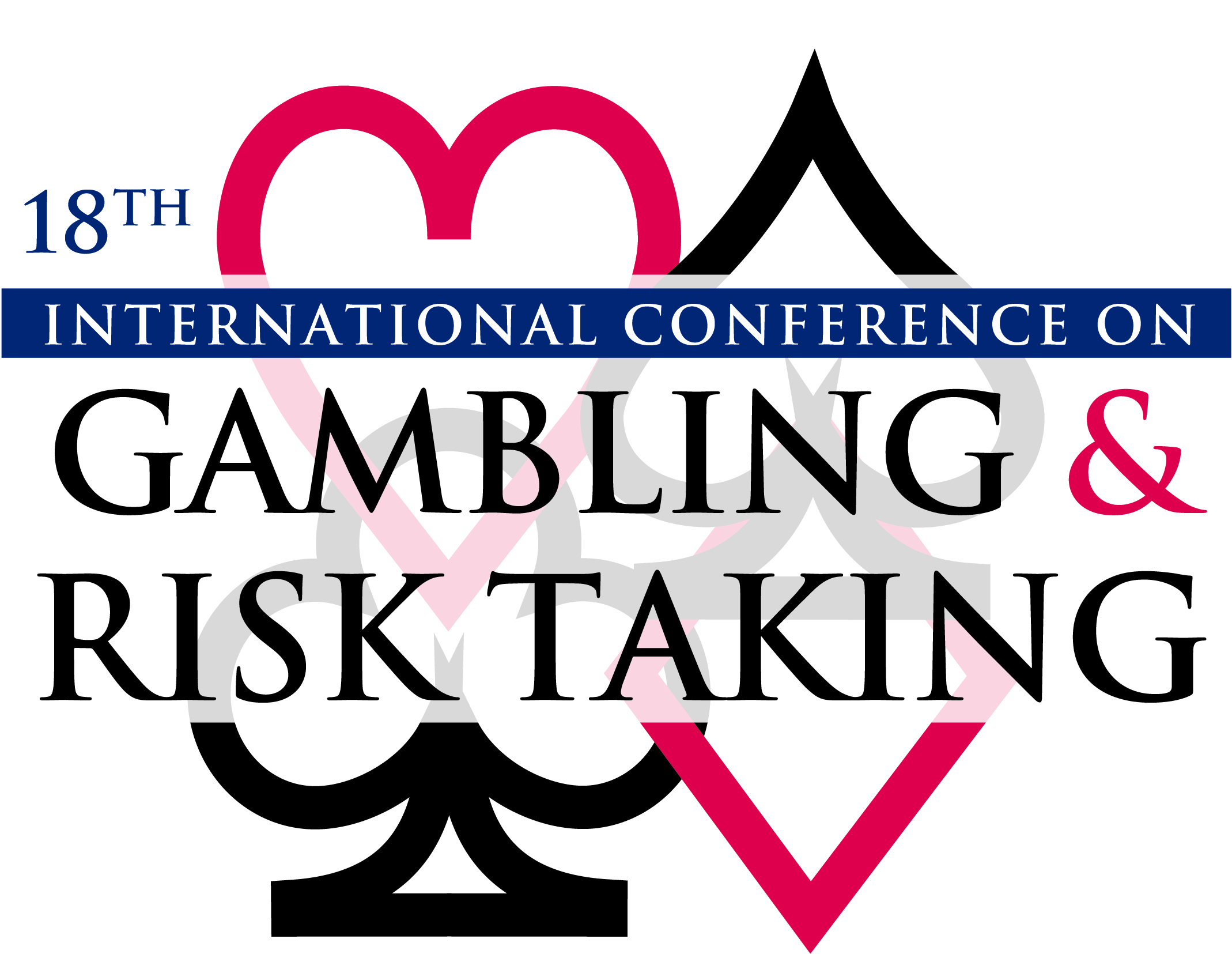Session Title
Session 2-1-D: Policy and Regulation, Part 4
Presentation Type
Paper Presentation
Location
Park MGM, Las Vegas, NV
Start Date
24-5-2023 9:00 AM
End Date
24-5-2023 10:30 AM
Disciplines
Sports Management
Abstract
ABSTRACT
Issues surrounding the amateur status of college athletes and the restrictions on receiving revenue beyond educational expenses are among the most widely discussed topics in public policy. Known as name, image and likeness (NIL), these three elements contrive a legal concept known as “right of publicity.” Economists have long recognized college athletics as an industry where individual institutions enjoy substantial monopsony power with defined restrictions on cash and related benefits to players. Although individual players continue to be very limited in receiving cash or in-kind benefits, athletic department revenues continue to rise at a rapid rate. The sheer size and growth rates of these athletic revenues, with many exceeding $200 million, have increased media attention to these monopsony-related issues. These increasing revenues have also provided a sense that the market value of individual players can be substantial, which has led current and former players to voice their concern for more revenue sharing. According to the American Gaming Association, 30 states plus the District of Columbia now legally accept these sports-related wagers. This research study will focus on the effects of NIL policies on revenue streams of sports gambling and the overall gaming industry in the United States.
Implications Statement
A precise methodology leading to calculation of the true market value of individual college players remains evasive. Bolstered by recent U.S. Supreme Court decisions such as Murphy v. NCAA and NCAA v. Alston, federal and state-based legislation has expanded the number of states accepting legal sports wagers.
Keywords
Sports Gambling, Name and Image Likeness, Gaming Industry, Gaming Revenues, Market Value.
Funding Sources
No external funding sources were utilized for this research study. Only the employer for both authors (Jacksonville State University) will provide travel funds and affiliated conference expenses to attend and present research at this conference.
Competing Interests
No financial or non-financial competing interests over the past three years exist.
The Effect of Name, Image, and Likeness (NIL) Policies on Sports Gambling
Park MGM, Las Vegas, NV
ABSTRACT
Issues surrounding the amateur status of college athletes and the restrictions on receiving revenue beyond educational expenses are among the most widely discussed topics in public policy. Known as name, image and likeness (NIL), these three elements contrive a legal concept known as “right of publicity.” Economists have long recognized college athletics as an industry where individual institutions enjoy substantial monopsony power with defined restrictions on cash and related benefits to players. Although individual players continue to be very limited in receiving cash or in-kind benefits, athletic department revenues continue to rise at a rapid rate. The sheer size and growth rates of these athletic revenues, with many exceeding $200 million, have increased media attention to these monopsony-related issues. These increasing revenues have also provided a sense that the market value of individual players can be substantial, which has led current and former players to voice their concern for more revenue sharing. According to the American Gaming Association, 30 states plus the District of Columbia now legally accept these sports-related wagers. This research study will focus on the effects of NIL policies on revenue streams of sports gambling and the overall gaming industry in the United States.
Implications Statement
A precise methodology leading to calculation of the true market value of individual college players remains evasive. Bolstered by recent U.S. Supreme Court decisions such as Murphy v. NCAA and NCAA v. Alston, federal and state-based legislation has expanded the number of states accepting legal sports wagers.


Comments
Please see attached MS Word document.